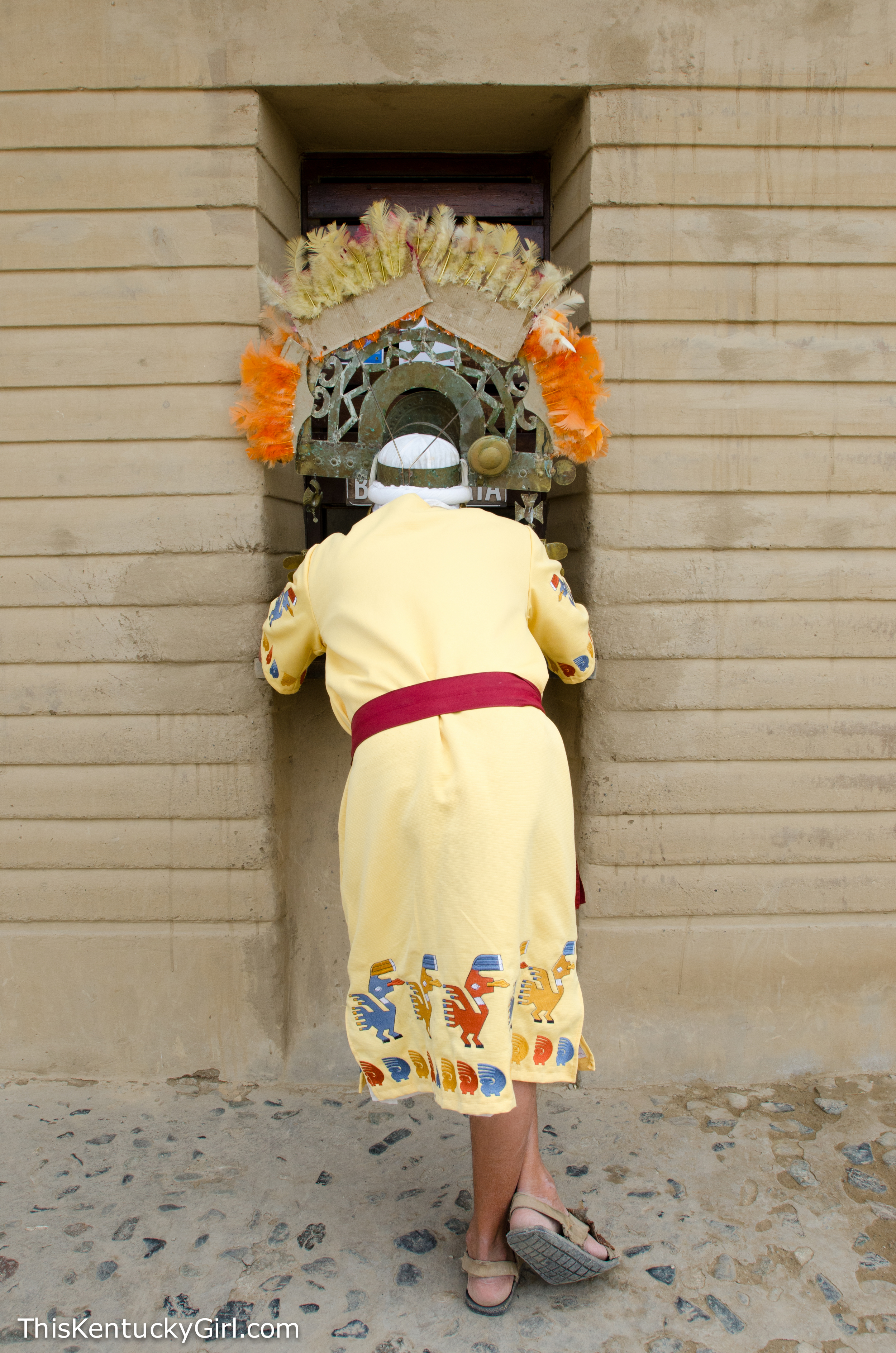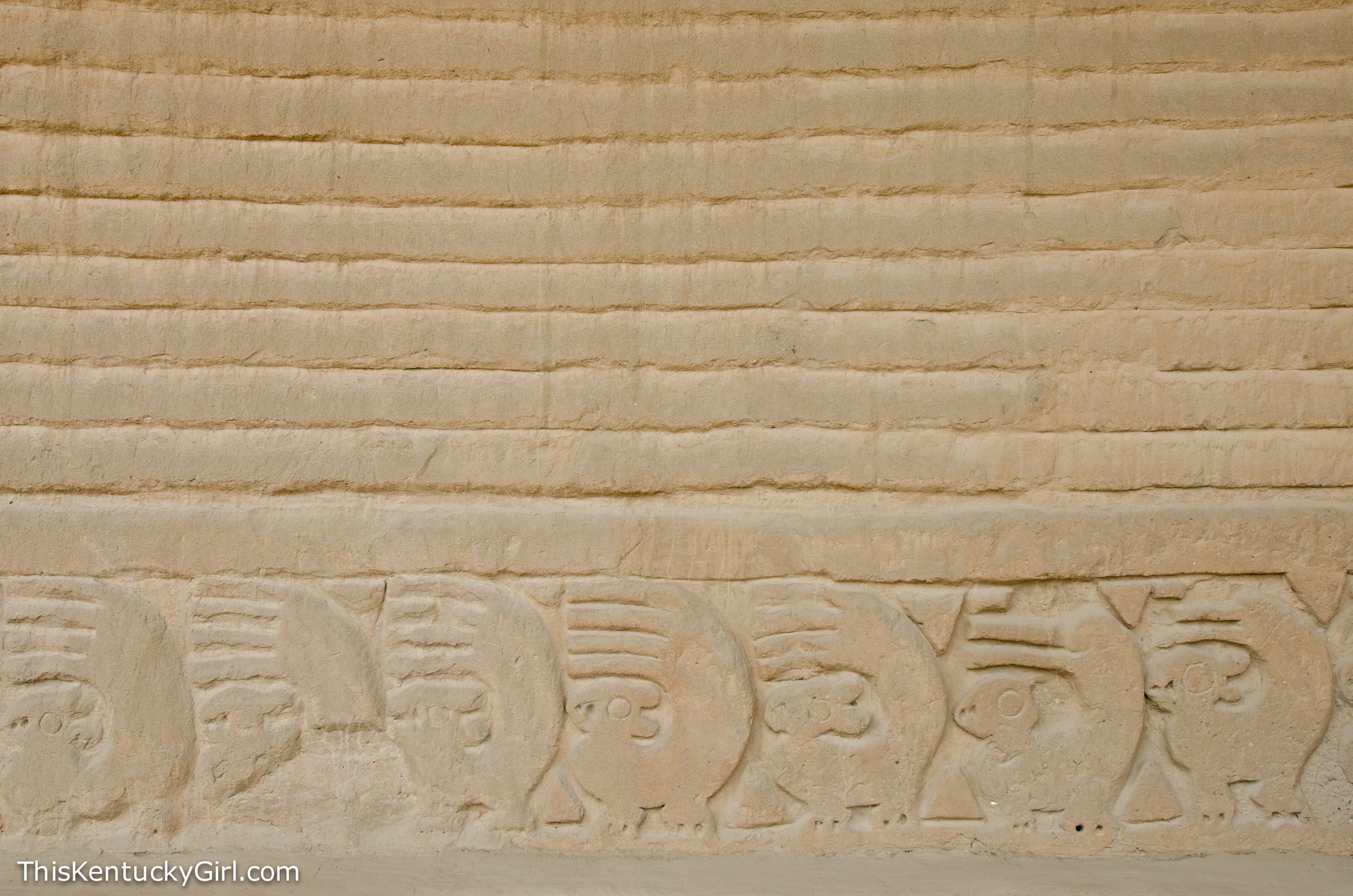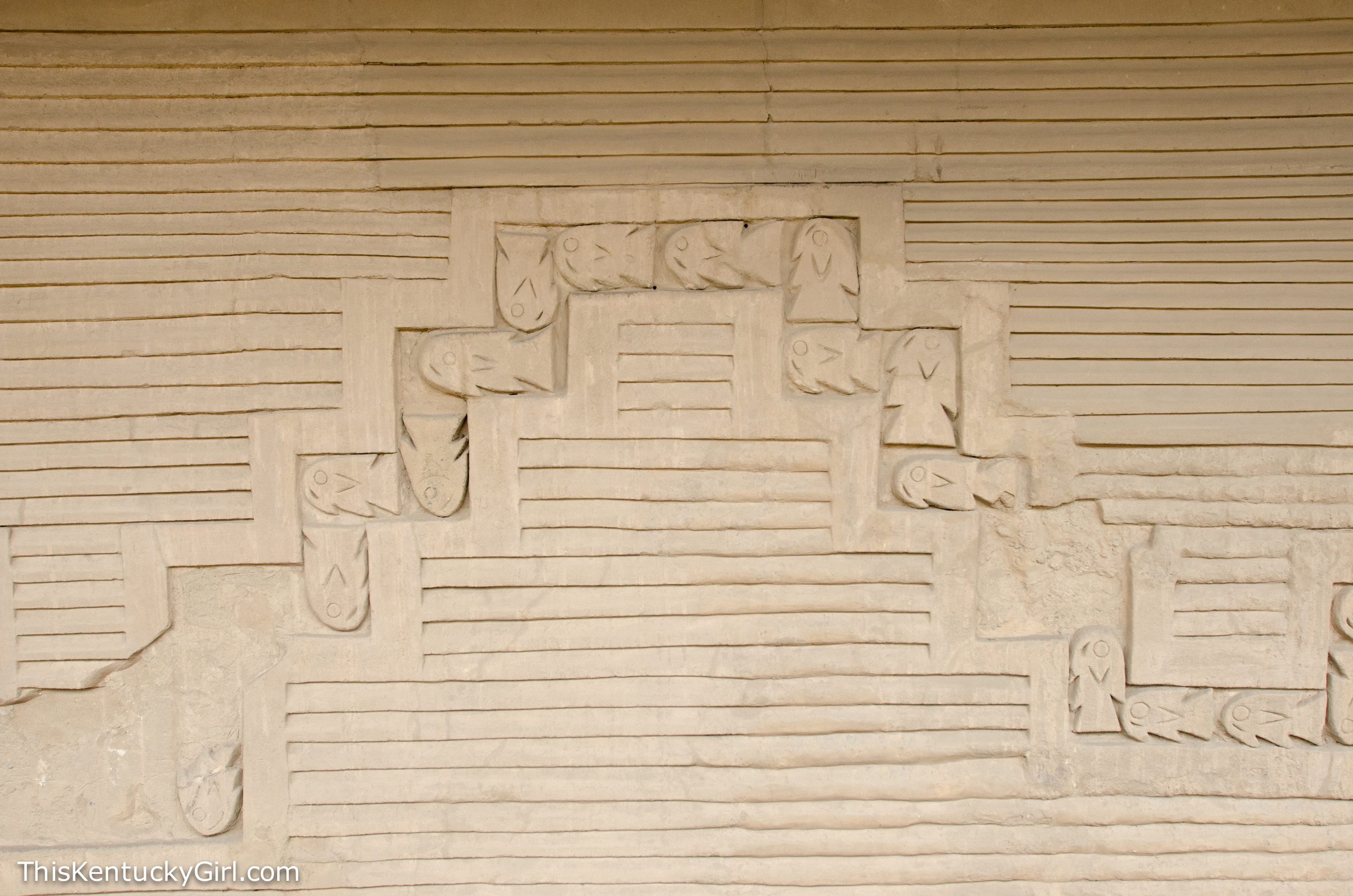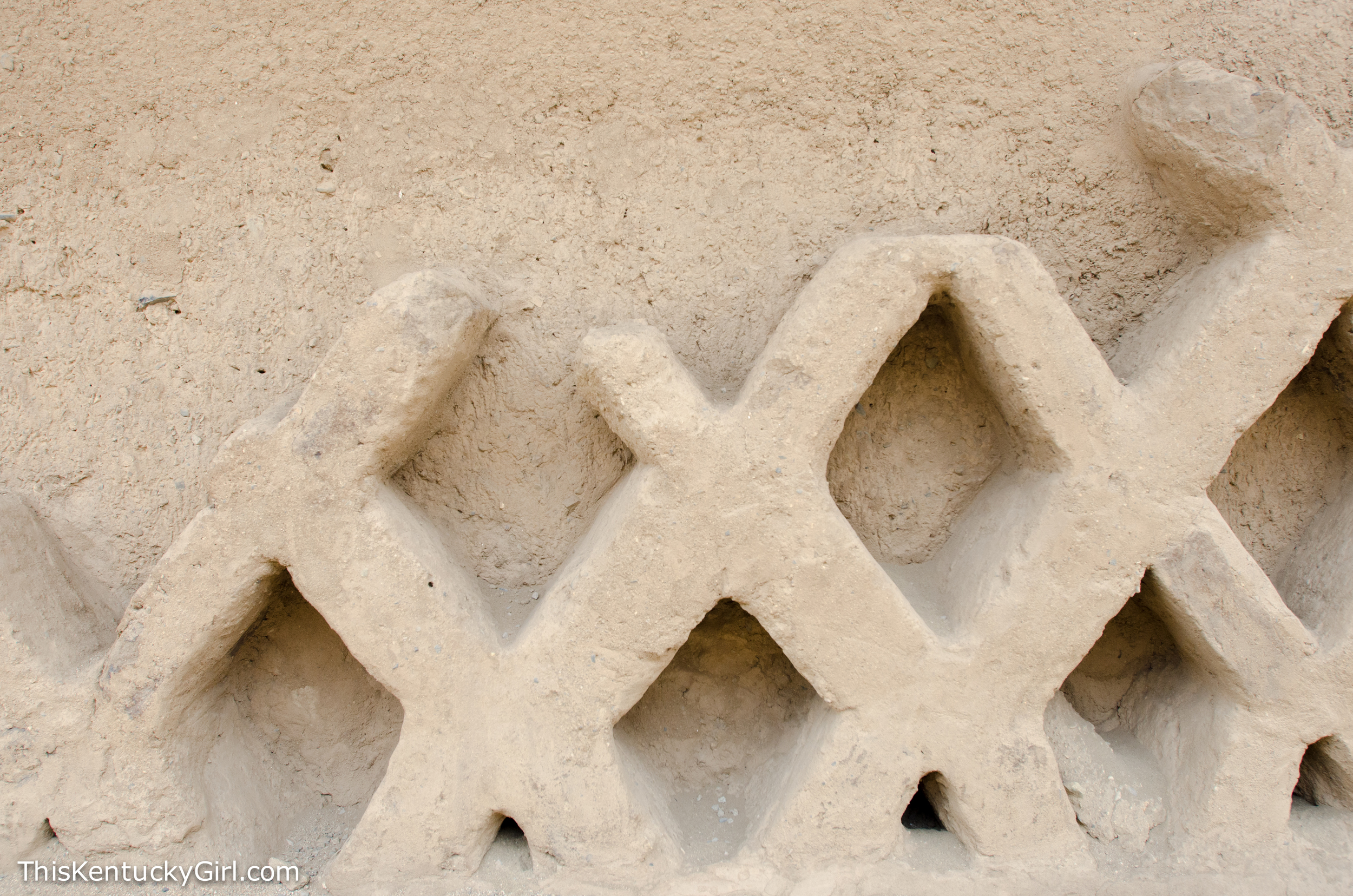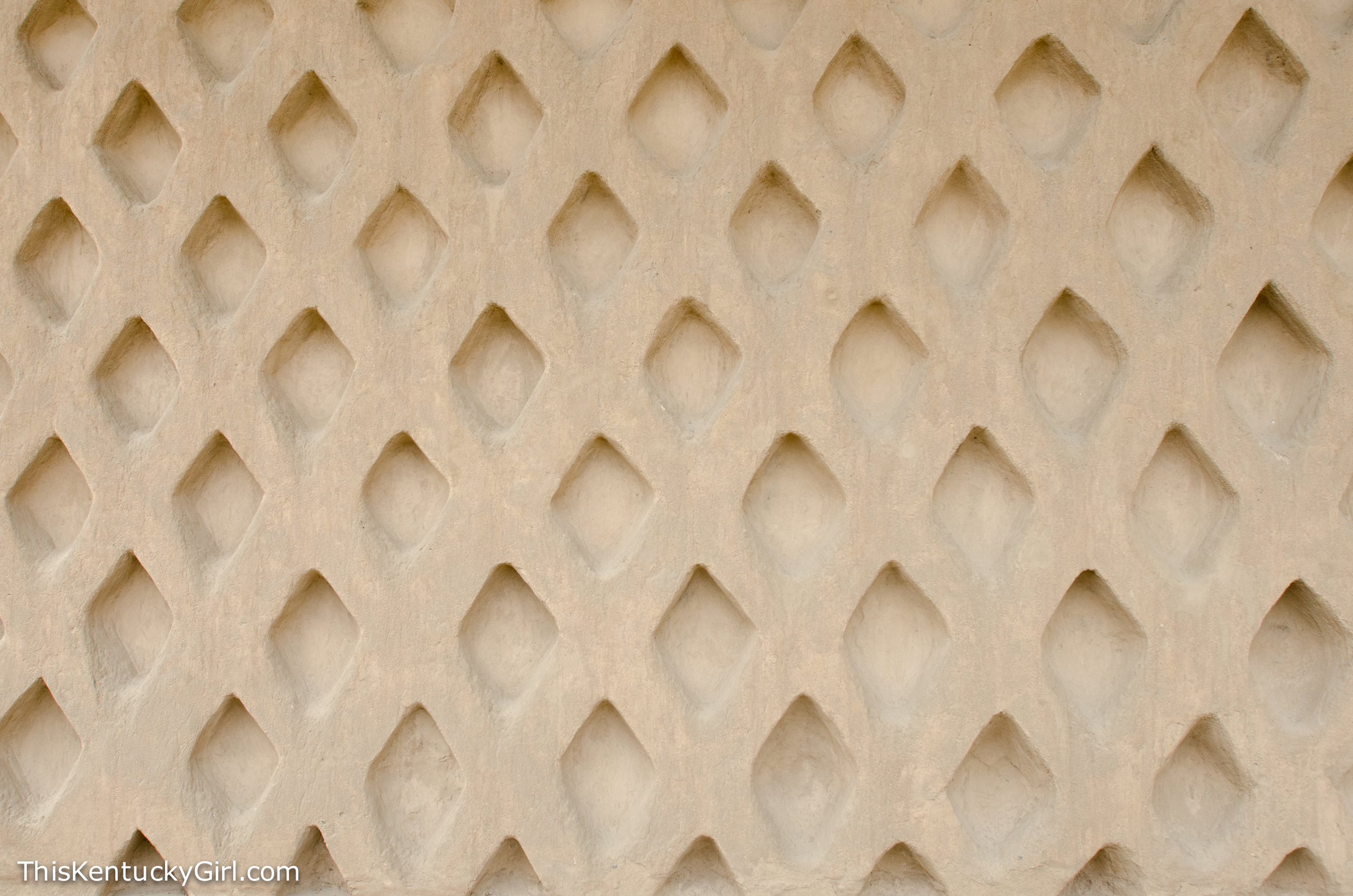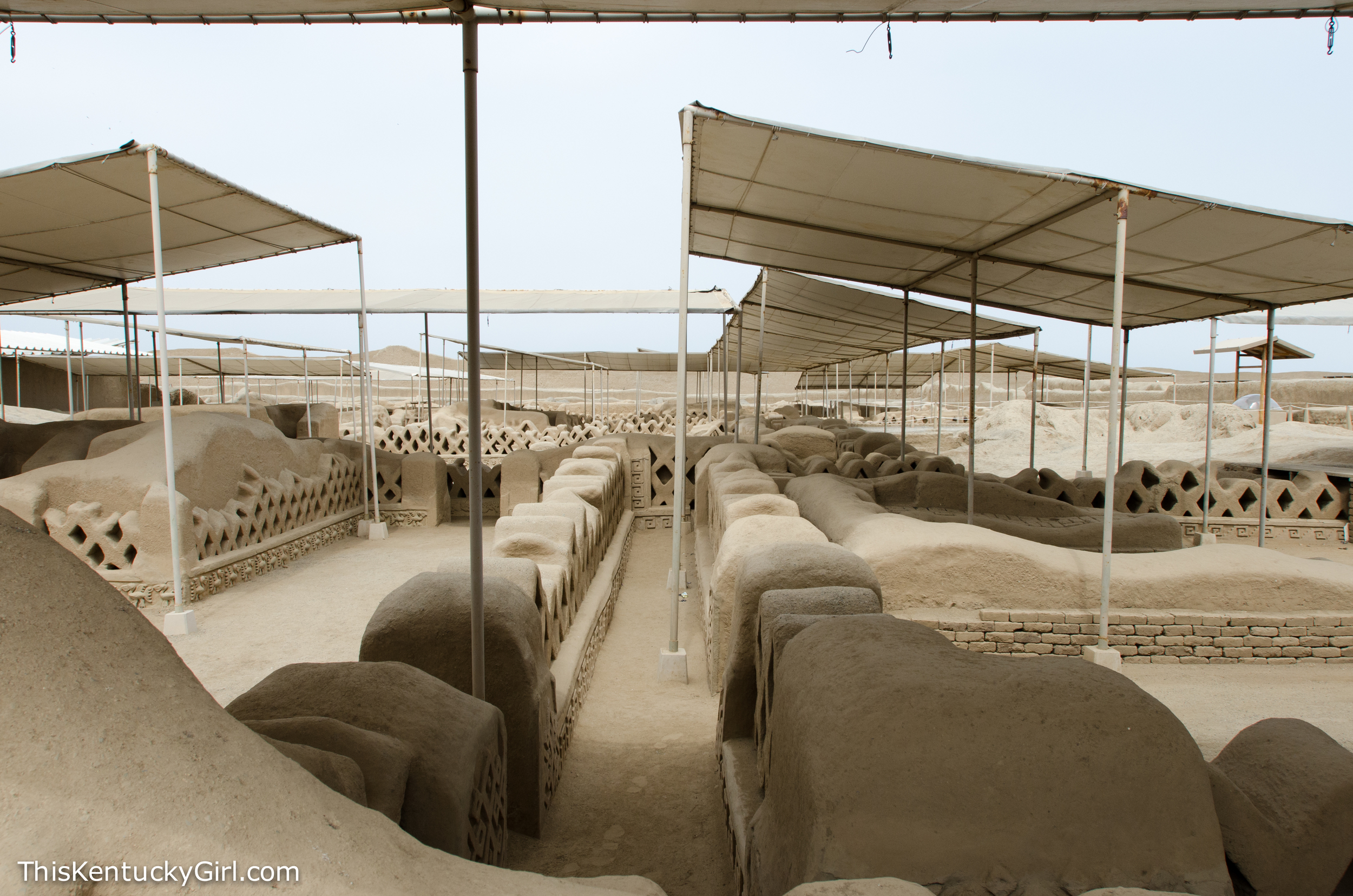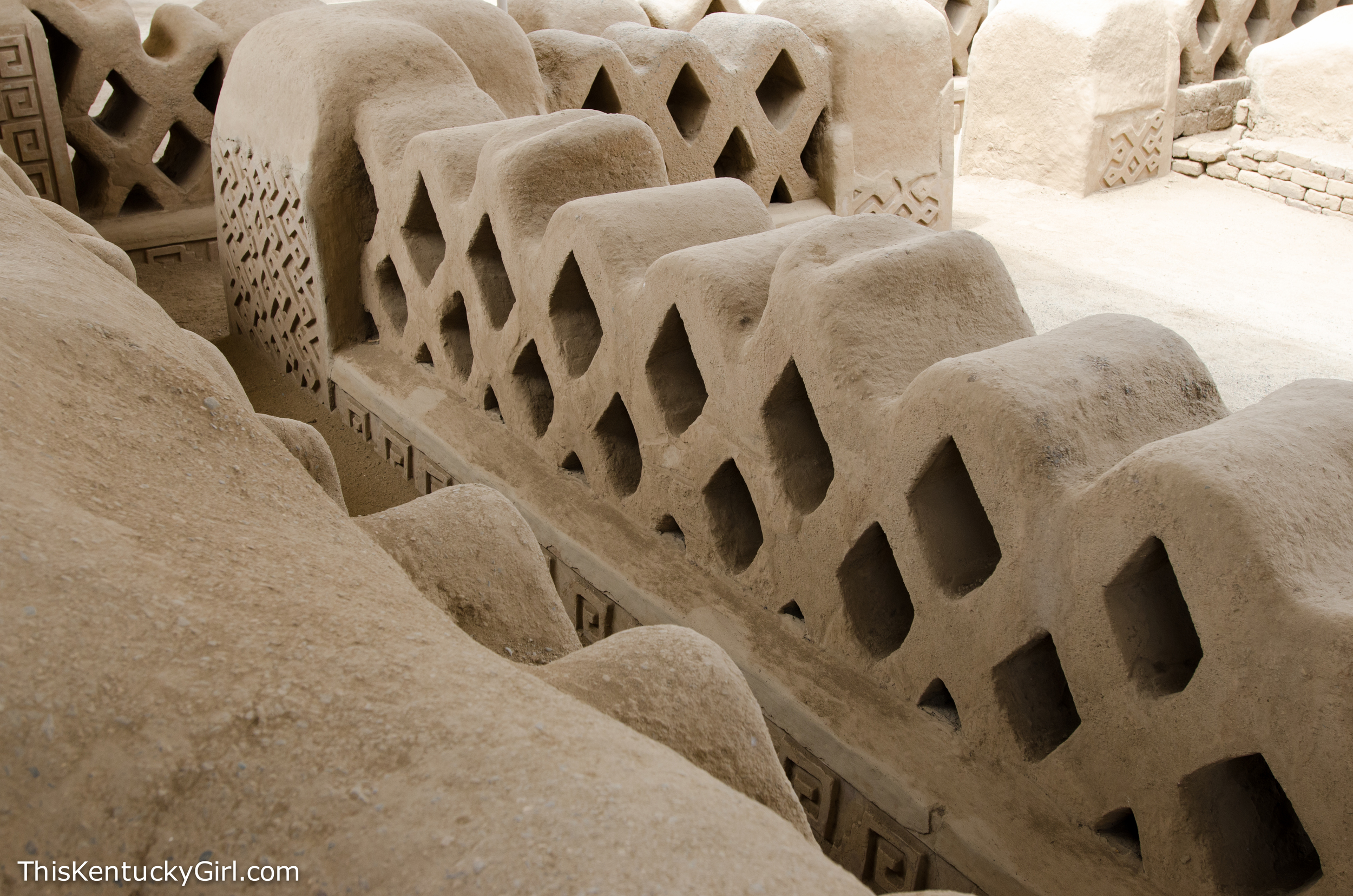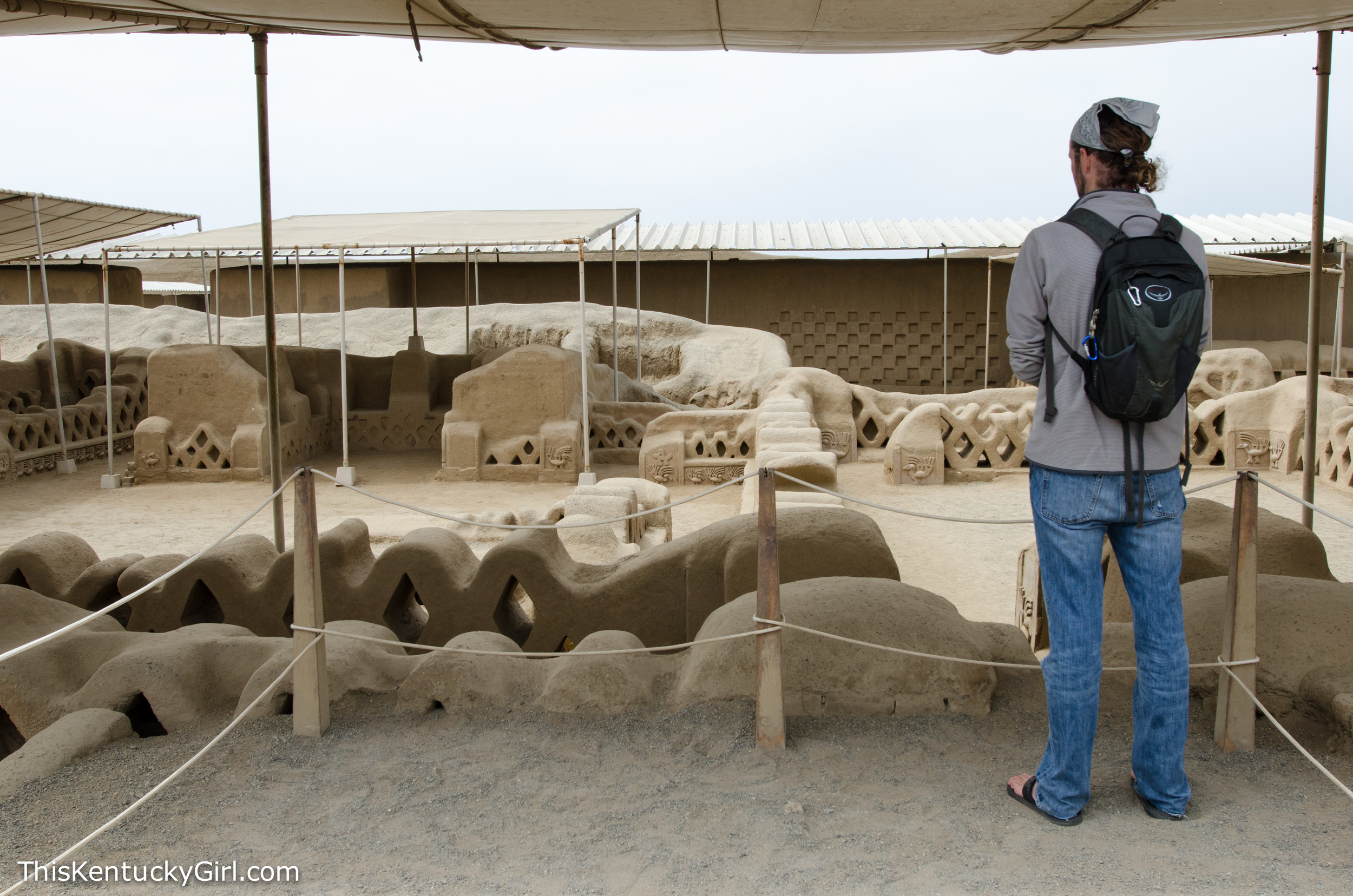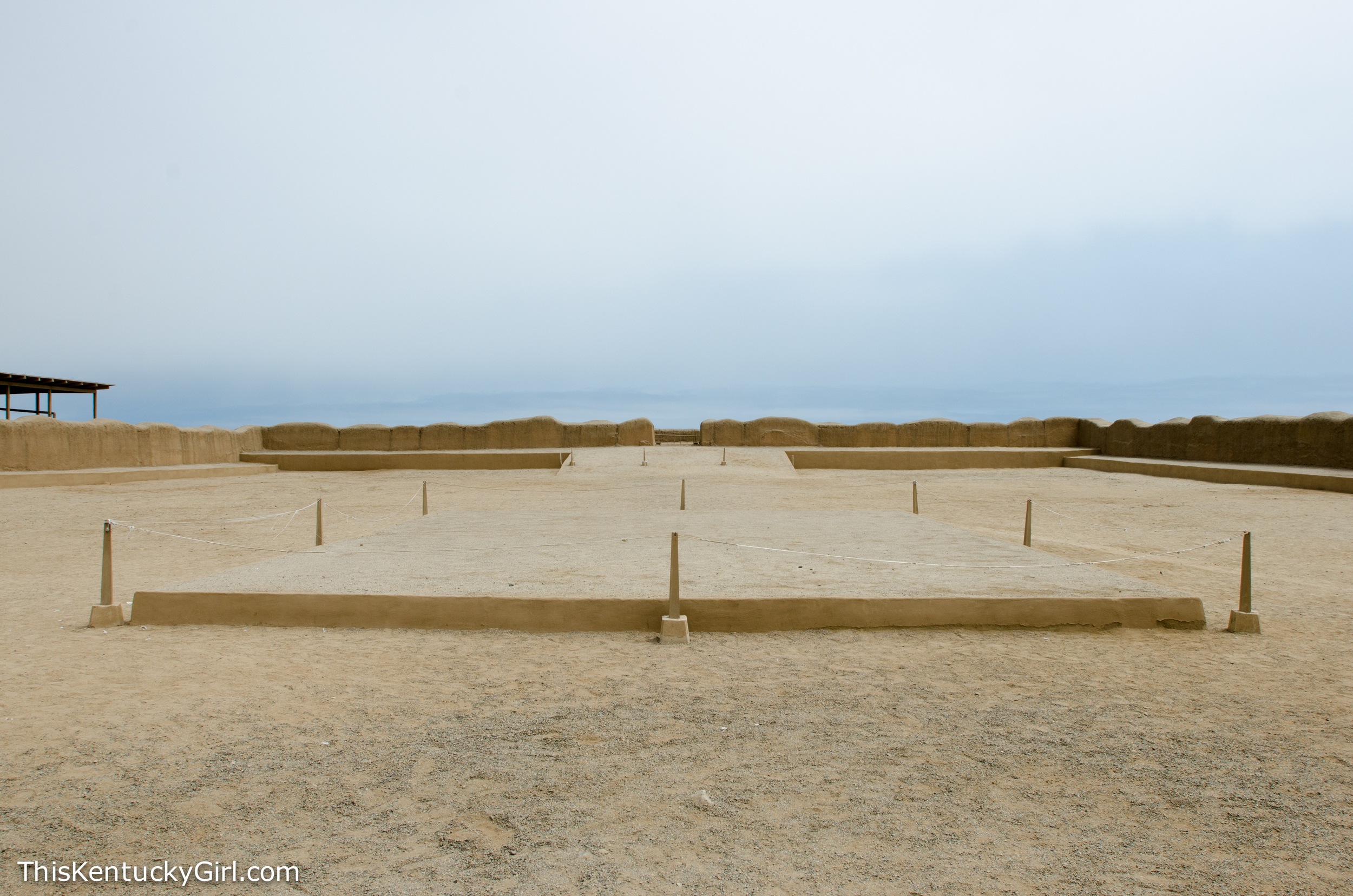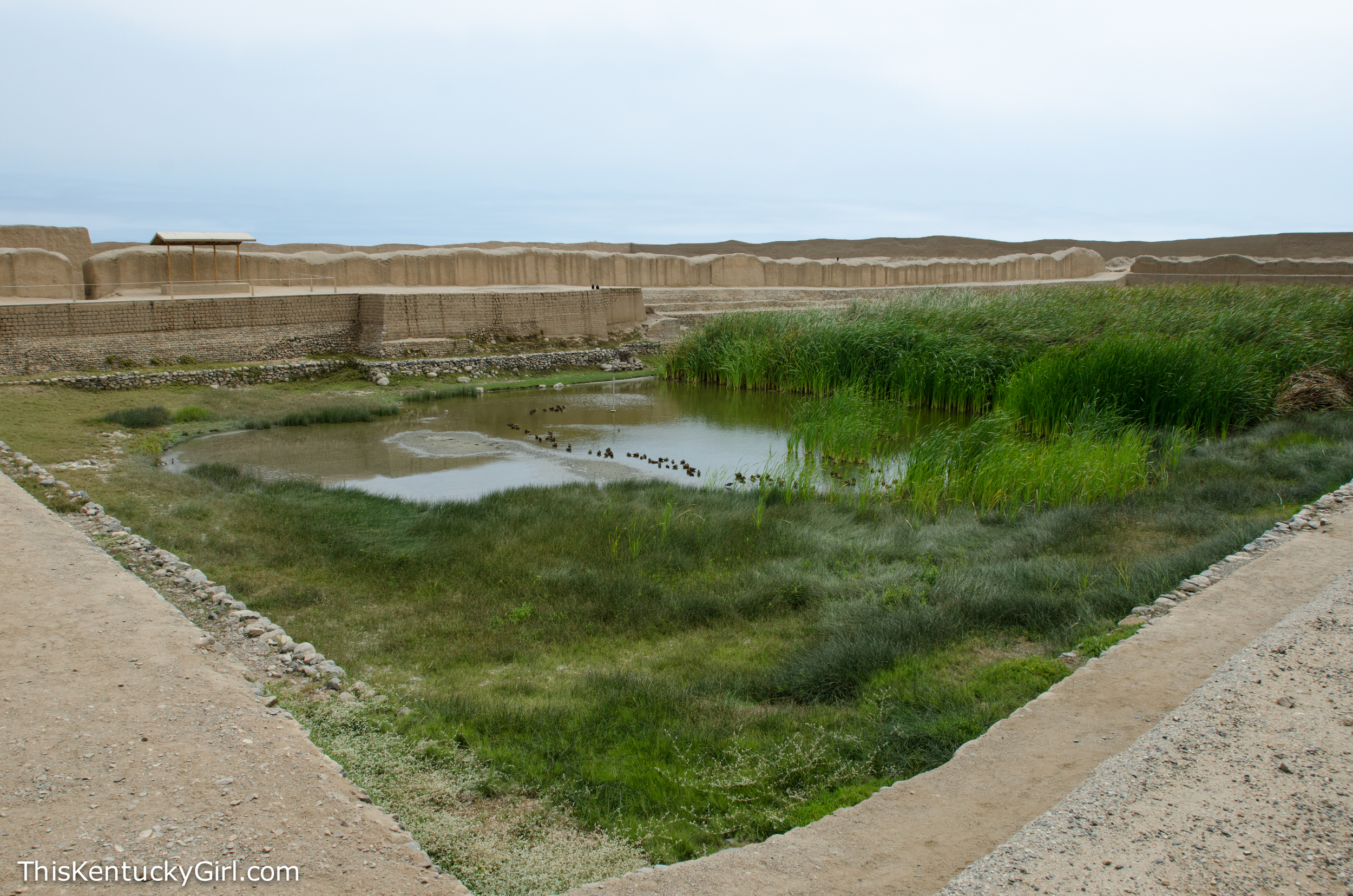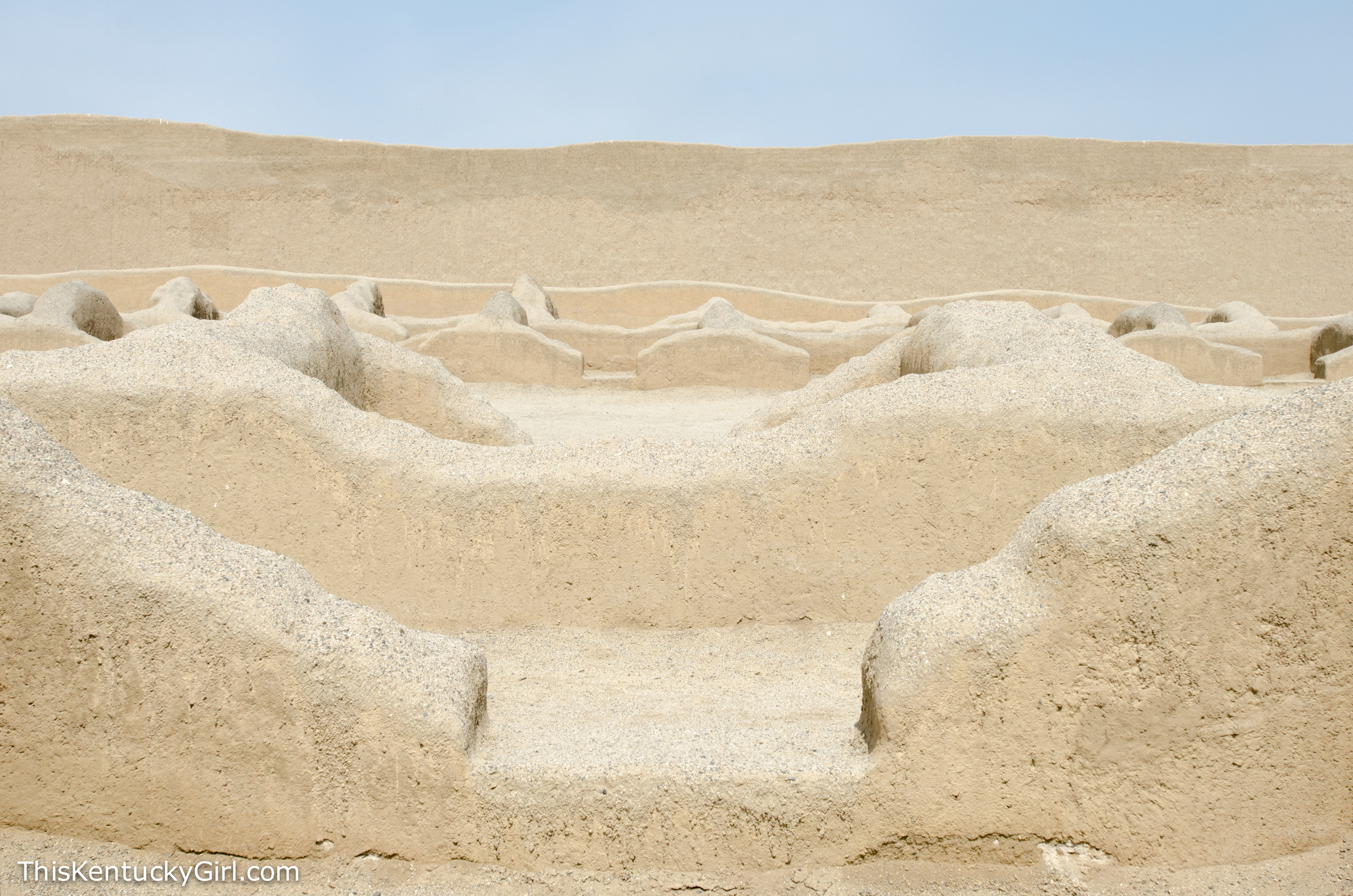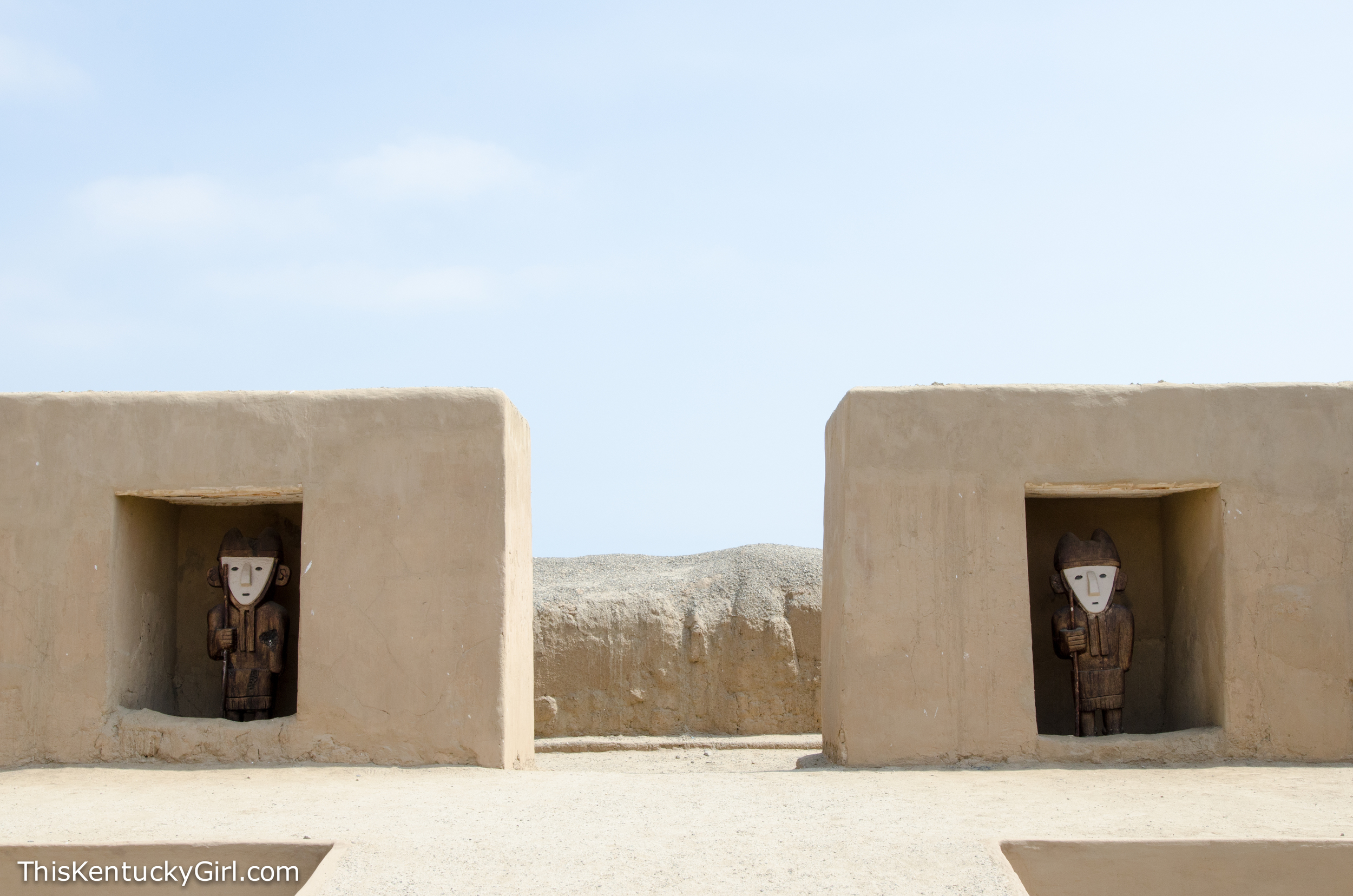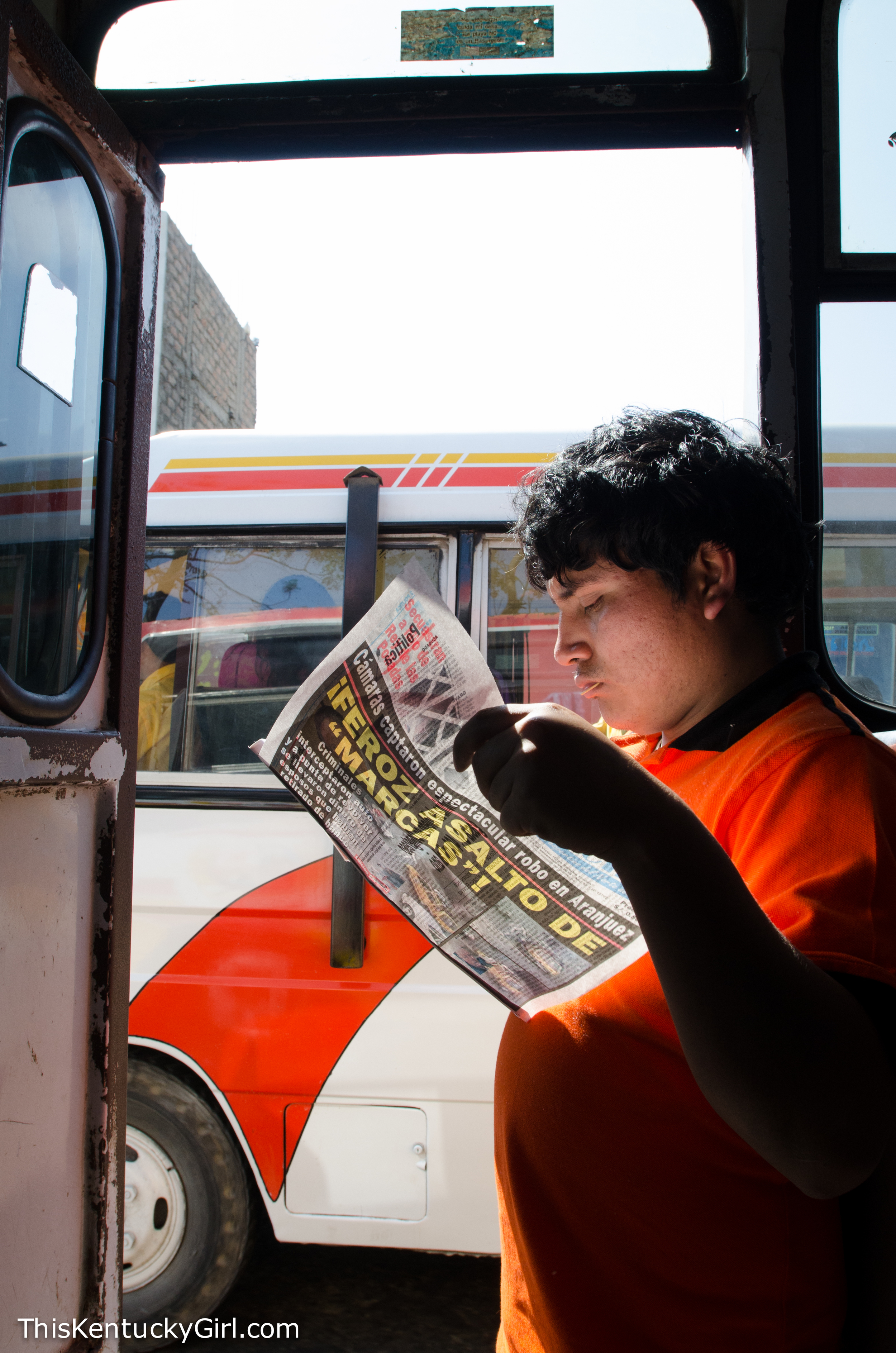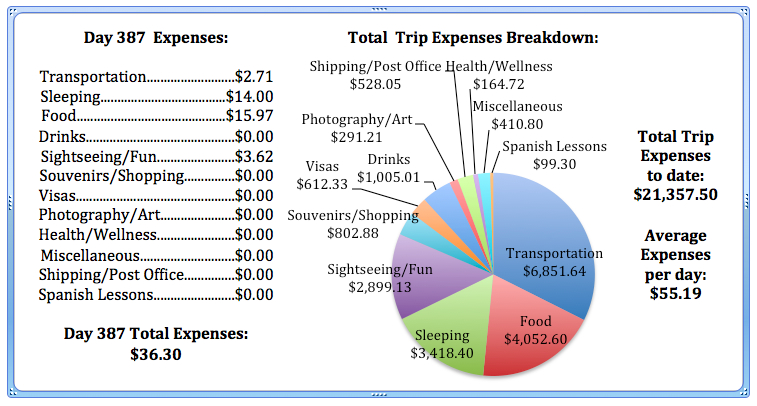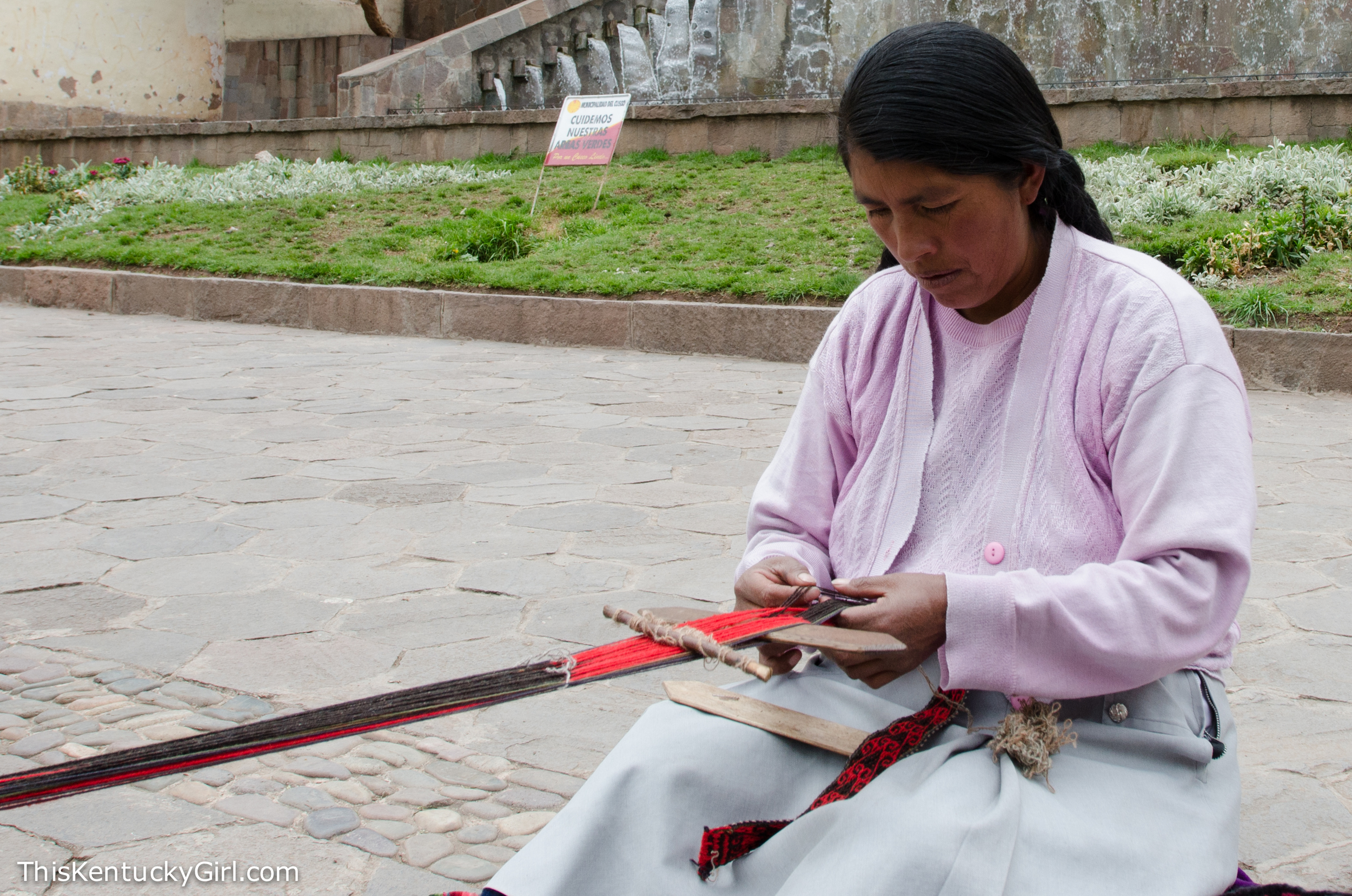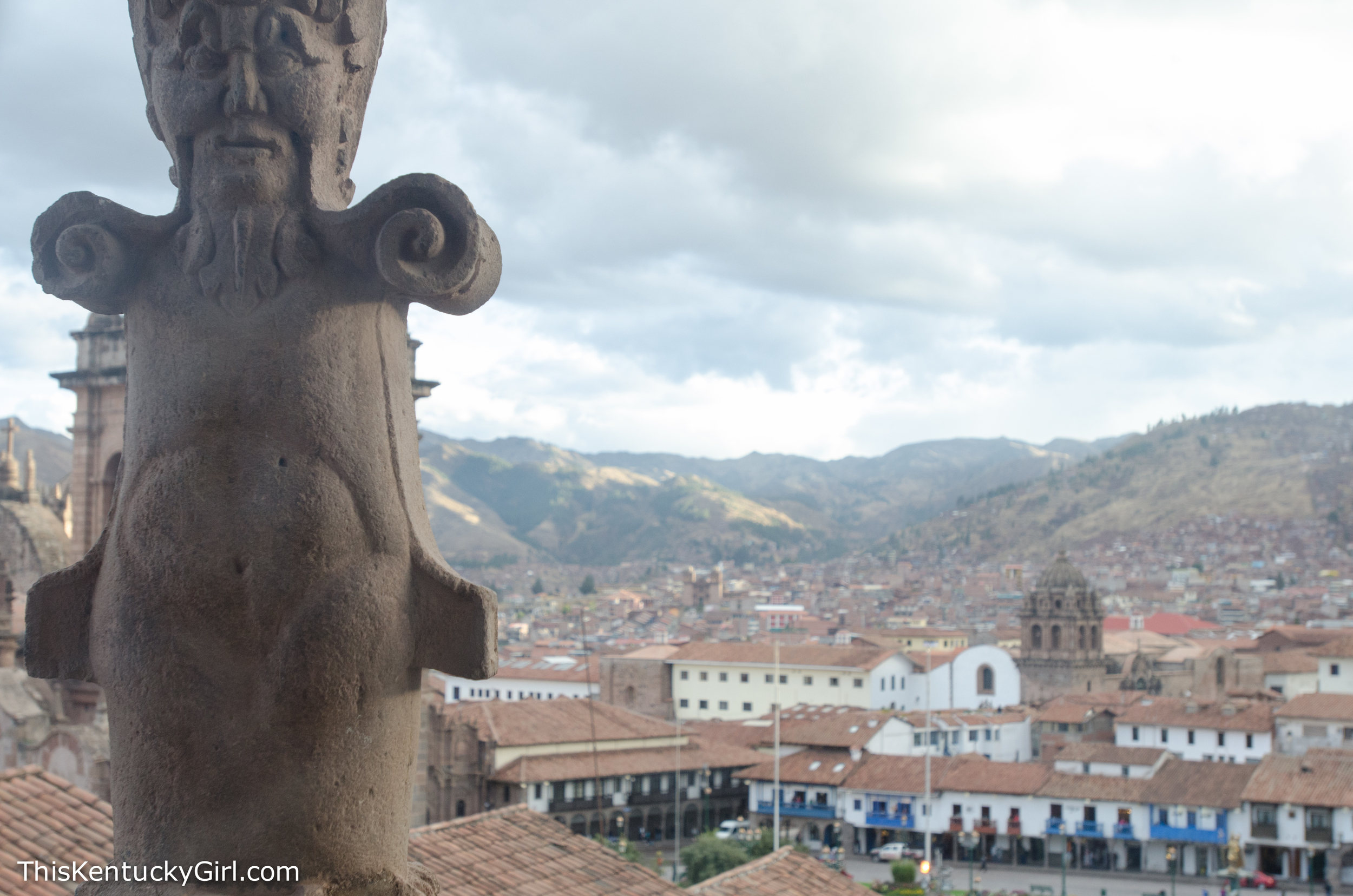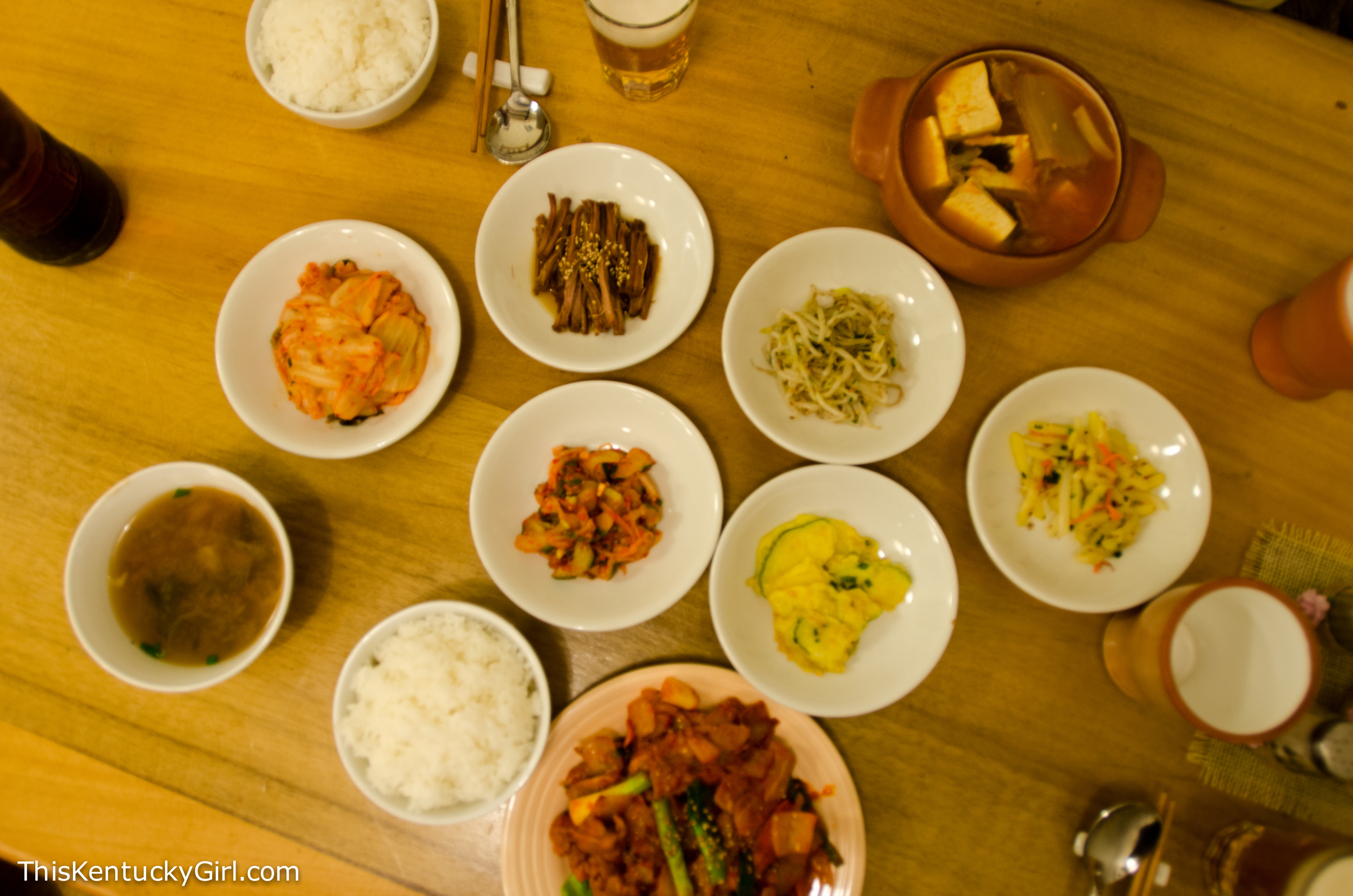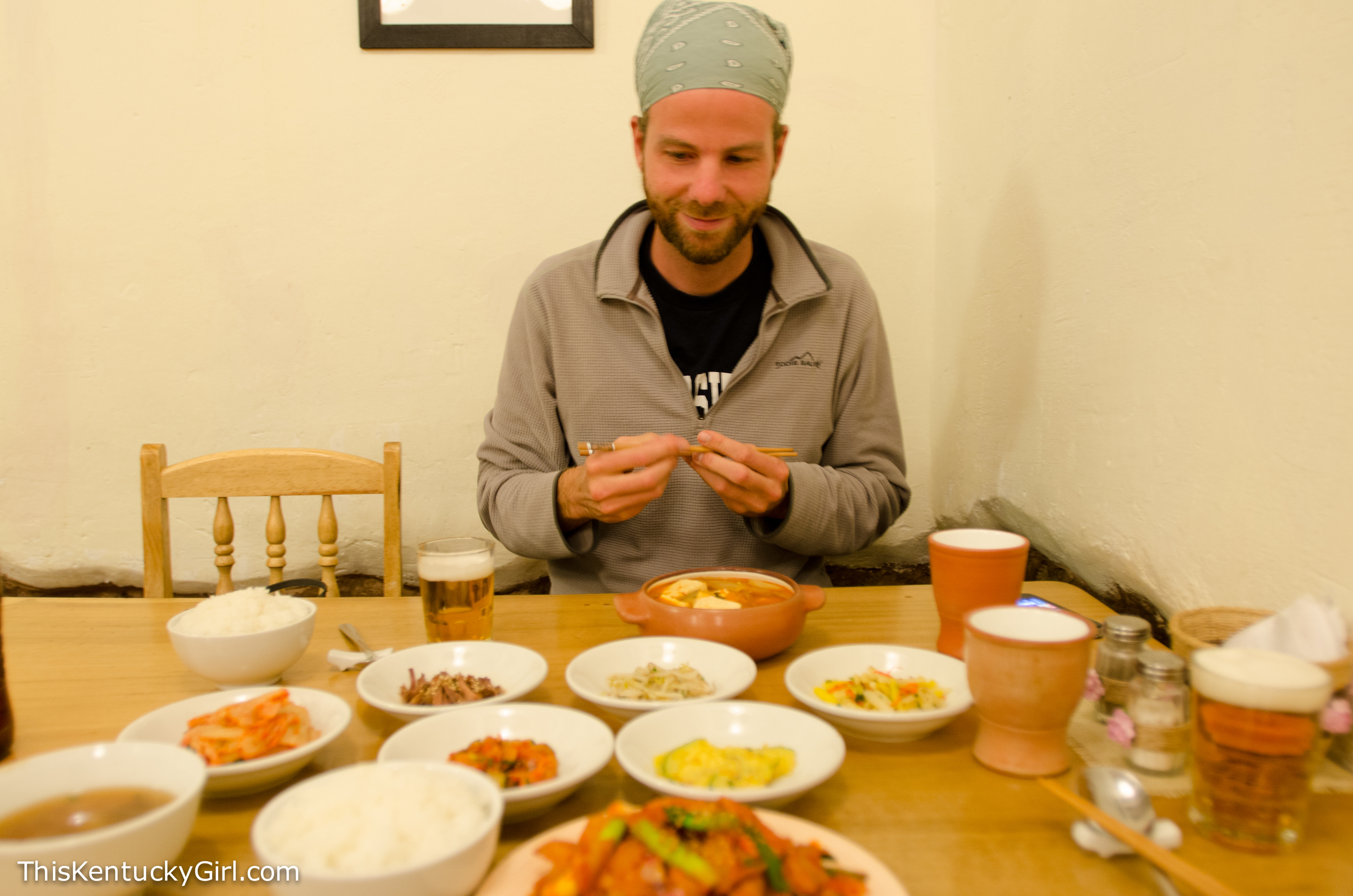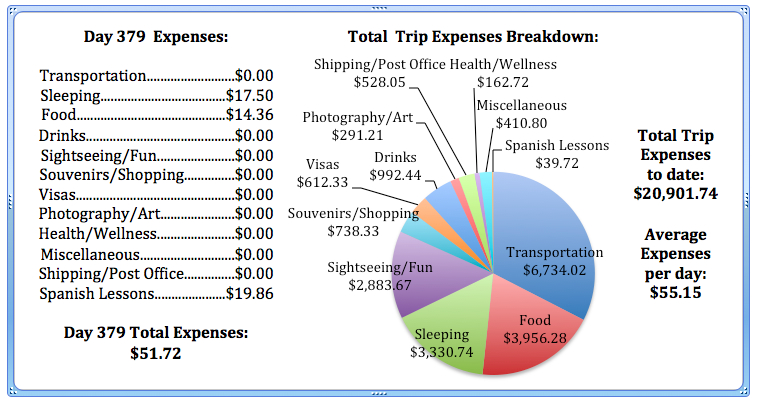Chan Chan is the largest city in South America that is known to have existed before any European settlement or influence began. It was built by the kingdom of the Chimú around AD 850. I read that date, and almost cannot even wrap my head around it actually existing so long ago, moreover still being (somewhat… mostly…) intact since then! It’s an adobe walled-in city that once held 30,000 people. Today, the walls still stand largely to the lack of rain in the area- much like how the Nazca Lines have managed to stay intact as well. We took a public bus out to the site and got dropped off in what felt like the middle of nowhere. We chuckled a little bit at how strangely familiar we are with this scenario in a completely foreign country. “Well, at least it’s in the middle of the day, and we know where to wait to take a bus back to our place…” Andrew said as we thought back to the night we were dropped off in the middle of nowhere in Mozambique.
A taxi driver got out of his car parked near what we guessed to be the entrance to the ruins. He told us that he could drive us to all four different sites around Trujillo, but we weren’t sure we were up it, and told him we’d check out Chan Chan on our own first. Little did we know it was about a 1-2 kilometer walk from the main road. At least we had some banana chips (my favorite snack since this trip began) and water with us. We probably should have gotten a guide, or even one of the books that we saw one of the guides reading to those she was leading around… But we didn’t. Now that we’re nearing the end of our trip, we’re content to explore on our own and look things up afterwards if we’re so inclined (which I usually am).
What I was most interested in were the people of the Chimor Kingdom. According to some online research after our visit, I found out that they ruled the northern coast of Peru from 850 to 1470. They were the largest kingdom of the “late intermediate” period, in other words, the largest in the time period right before the Incas ruled. I think (I’m not sure at all) that the Incas incorporated some of the Chimu metalwork into their own.
After we walked through the site, (which took about an hour or so) we walked back out to the main road and waited for a bus back into the city. It’s a little like hitch-hiking, only you flag down a speeding bus full of passengers. It’s cheap. It’s easy. And it makes for excellent people watching.

